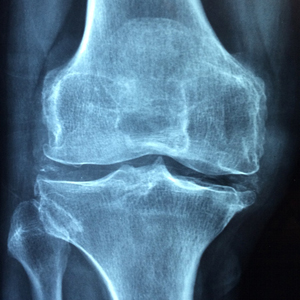Analysis of the potential reasons for repeated radiography: a study in a major hospital in south eastern Iran

Accepted: 21 April 2023
HTML: 1666
All claims expressed in this article are solely those of the authors and do not necessarily represent those of their affiliated organizations, or those of the publisher, the editors and the reviewers. Any product that may be evaluated in this article or claim that may be made by its manufacturer is not guaranteed or endorsed by the publisher.
Authors
Introduction
Rejecting, removing and repeating the process of taking diagnostic X-ray images could lead to professional and moral challenges in the case of radiologic imaging. The aim of this study was to investigate the reason for repetitive imaging and the types of images mostly repeated.
Methods
Radiographic images taken in this center in the first half of 1400 were evaluated. At the end of each week, repetitive images were referred to the researcher to analyze the frequency of repetitive radiographies and the causes.
Results
In this study, a total of 4916 radiographies taken in Ali Ibn-e-Abitibi Hospital during the first 6 months of the year 1400 were evaluated. Among 398 repetitive radiographies, 94 repetitions (23.62%) were due to inappropriate positioning, 92 repetitions (23.12%) were due to patient's movements, 56 repetitions (14.07%) were due to inadequate radiation, 51 repetitions (12.81%) were due to inadequate processing, 46 repetitions (11.56%) were due to inadequate preparation of the patient, and 59 repetitions(14.82 %) were due to other reasons
Conclusion
In this study, the rate of repetitive radiographies taken in Ali Ibn-e-Abi Talib Hospital was estimated as 8.10%, with the most common reason for repetitions being estimated inappropriate positioning. Considering the fact that repetitive radiography mostly depends on operator-related factors, it is recommended to repeat the study after educating staff in order to compare the rate and reason of repetition.
How to Cite

This work is licensed under a Creative Commons Attribution-NonCommercial 4.0 International License.

 https://doi.org/10.4081/hls.2023.10575
https://doi.org/10.4081/hls.2023.10575



